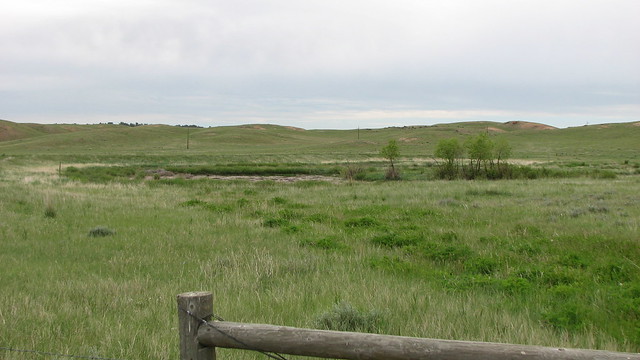
When you think of energy and mineral production, you don’t normally think about the USDA Forest Service. Green mountainsides, birch tree canopies, or pine-lined roadways may come to mind.
But, underneath those forests and grasslands lies a wealth of energy and mineral resources.
These mineral and energy resources fuel your car, heat your home, and produce the things you use every day.
Things like the phone in your pocket.
Aluminum alloys in casings, and lithium cobalt oxide and carbon graphite in batteries. Gold, copper, and silver in wiring, and platinum and tungsten in the circuitry. Iron, boron, and other rare minerals in the magnets, speakers, and motors. Some even make the glass more durable.
The benefits of these operations to the American people go beyond getting the raw materials needed for modern life. The mineral and energy resources produced from lands managed by the U.S. Forest Service contributed $3.6 billion to the nation’s economy in fiscal year 2016.
This economic contribution means millions of American jobs in the oil and natural gas industries, and many more as a result of leases on these lands.
When leases are awarded, the leasee then pays royalties on the resource they produce on that lease. For each dollar paid in royalties, half goes to the state where the lease is located; the agency receives the balance.
These approximately 7,000 leases over five million acres generated nearly $600 million in revenue in fiscal year 2016.
Much of the time, mineral or energy extraction results in disturbance on the surface. However, the Forest Service and other federal and state agencies constantly monitor the land’s condition throughout operations to ensure that once operations are complete, the operator can return the land to its previous natural state—a legal requirement.
So, even as we take part in producing the things that we all need, those green mountainsides, birch canopies, flowing brooks, and tree-lined roadways will, in time, be again as they once were.




